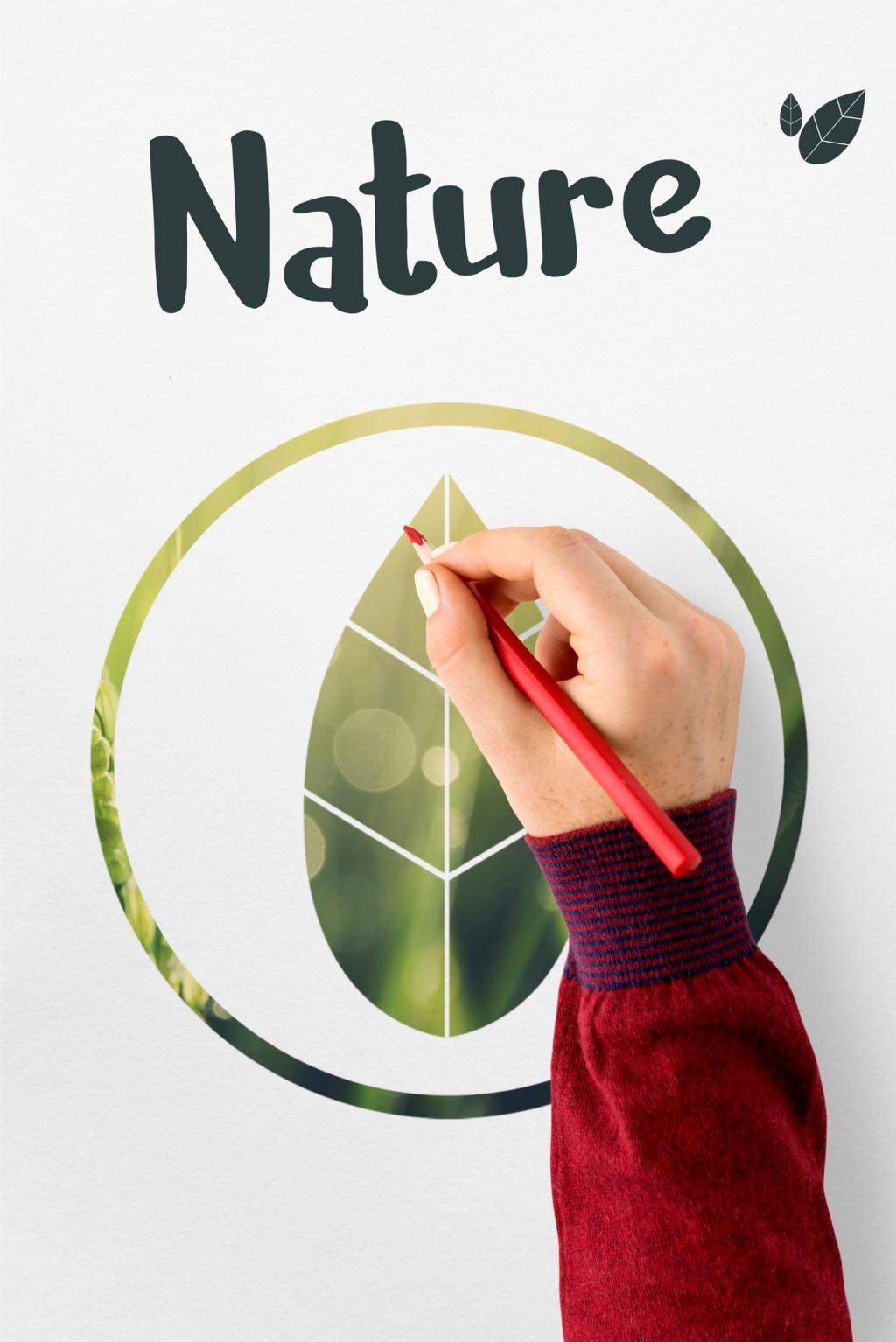Eco-Friendly Design Tools
As global awareness of environmental concerns grows, the design industry is embracing tools and techniques that prioritize sustainability. Eco-friendly design tools are helping creators reduce waste, minimize carbon footprints, and contribute to healthier ecosystems. By making conscious choices about the products and apps they use, designers can foster innovation while promoting greener, more responsible practices throughout their work. This page explores the key trends, advantages, and future possibilities of using eco-conscious tools in modern design.

Biodegradable Tool Components
Design tools made from biodegradable materials offer the promise of reducing waste that lingers in landfills for decades. For example, traditional plastics in rulers, pens, and sketchbooks are being replaced by bio-based alternatives derived from cornstarch, bamboo, or other plant fibers. These innovations break down naturally after disposal, leaving behind minimal environmental footprint. As more design professionals switch to biodegradable options, it encourages manufacturers to invest in greener material science and rethink the lifecycle of every product.
Recycled and Upcycled Materials
The use of recycled and upcycled materials in manufacturing design tools has grown significantly in recent years. Companies are repurposing plastics, metals, and even textiles to create items like markers, drawing boards, and computer accessories. These recycled products typically offer the same, or even greater, durability compared to their conventional counterparts, while requiring fewer resources from nature. Designers who opt for these tools not only minimize the demand for newly sourced raw materials but also help promote a circular economy within the creative sector.
Responsibly Sourced Paper and Surfaces
Paper products, such as sketchbooks and notepads, are central to many creative processes. By choosing responsibly sourced options—like recycled paper or those certified by sustainable forestry organizations—designers can greatly reduce deforestation and its associated emissions. Some innovative brands go even further, producing stone paper or using printing processes that minimize chemical use and water waste. Awareness and demand for these alternatives are prompting rapid changes in how physical design surfaces are made and marketed.
Previous slide
Next slide


Devices with Low Power Consumption
Advances in hardware technology have resulted in design devices that require much less power than older models. Laptops, tablets, and displays now often feature energy-saving processors, adaptive brightness, and automatic sleep modes. When designers invest in such tools, their daily operations consume substantially less electricity, which is especially impactful given that creative work can require intensive computational resources. Over time, these savings not only conserve energy but also translate into a smaller carbon footprint for creative professionals and organizations.

Eco-Conscious Cloud Services
Cloud-based design platforms and storage solutions are increasingly hosted by companies that prioritize green energy and carbon neutrality. Designers can now choose providers who invest in renewable energy sources, practice efficient data management, and offset emissions through credible programs. By aligning with these eco-conscious cloud services, design teams ensure that the collaborative and storage backbone of their workflow is helping, not harming, the environment. This shift is a strong example of how behind-the-scenes infrastructure choices can have significant, positive environmental impact.

Resource-Optimized Software
Modern design programs are being optimized to operate efficiently, using less processing power and memory while still delivering outstanding results. Software companies are developing features such as low-res mode for initial drafts, streamlined rendering, and background task minimization. Such enhancements reduce the workload placed on computers and servers, in turn cutting down on energy usage. Designers who select and configure their software carefully help advance the adoption of greener computing across the creative industry.

Tool Durability and Repairability
Long-lasting and repairable design tools drastically cut down on the number of products that end up as waste. Manufacturers are now focusing on modular components, easy-to-replace parts, and standardized fittings that allow users to repair rather than discard their tools. By extending the usable lifespan of design equipment, less frequent manufacturing cycles are necessary, reducing raw material extraction and emissions. This ethos not only supports sustainability but often leads to cost savings and greater user satisfaction.
Take-Back and Recycling Programs
Some forward-thinking brands have launched take-back schemes for their design tools, encouraging users to return items when they’re no longer needed. These programs typically collect used products, refurbish them, and recycle valuable materials back into the production chain. Designers who participate in these initiatives help close the loop, ensuring that products don’t become landfill waste and scarce resources are efficiently reused. Such programs are essential for building a truly circular economy within the design field.
Design for Disassembly
Tools and devices made with easy disassembly in mind can be more easily repaired, upgraded, or recycled at the end of their useful lives. By using standardized screws, snap-fit parts, and clear labeling, manufacturers make it possible for users to take apart products with minimal effort and specialized knowledge. Design for disassembly ensures that each component finds a productive second life, preventing harmful environmental impacts associated with typical product disposal. The adoption of these principles is increasingly seen as a hallmark of responsible, eco-friendly design.
